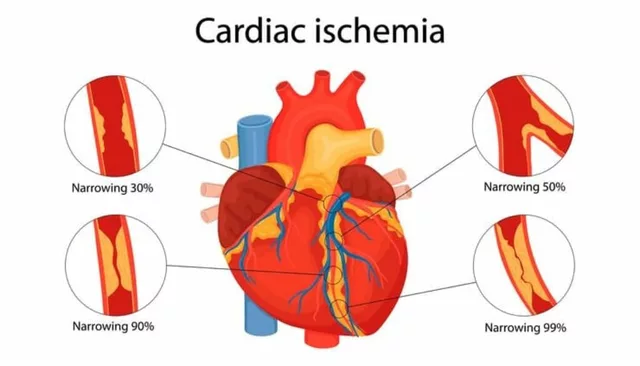How to Prevent Ischemia: Lifestyle Changes and Tips
June 2 2023Alcohol Interaction Guide – What You Need to Know
If you’ve ever wondered why doctors warn against drinking while on prescription drugs, you’re not alone. Alcohol can change how a medication works, make side effects worse, or even cause new problems. The result? A night out could turn into a medical emergency.
Common Medications That Don’t Mix With Alcohol
Here are the drug groups that most people should keep away from booze:
- Antidepressants (e.g., Celexa, Sertraline) – Mixing can increase drowsiness, dizziness, and risk of suicide thoughts.
- Blood pressure pills (e.g., Lisinopril alternatives) – Alcohol may lower blood pressure too much, leading to fainting.
- Antibiotics like Linezolid – Alcohol can boost nausea and headache, and with some antibiotics it can cause a dangerous reaction.
- Pain relievers (opioids, NSAIDs) – Combining heightens sedation and stomach bleeding risk.
- Diabetes meds such as Januvia – Alcohol interferes with blood sugar control, causing lows or highs.
The list isn’t exhaustive. Any drug that affects the brain, liver, or heart can have an unexpected reaction when alcohol is added.
Practical Tips to Avoid Dangerous Interactions
Read the label. Most prescriptions include a clear “no alcohol” warning. If you’re not sure, call your pharmacist – they’ll tell you in plain language.
Know the timing. Some meds stay in your system for days. Even if you feel fine after stopping drinking, the drug may still be active.
Start low, go slow. If you must have a drink, limit yourself to one standard glass and watch for symptoms like excessive sleepiness, blurred vision, or stomach upset.
Keep a diary. Jot down what you take and when you drink. Patterns emerge quickly and can help your doctor adjust doses.
Ask about alternatives. If alcohol is part of your social life, ask whether a different medication with fewer restrictions exists. For example, some antidepressants have lower interaction risk than others.
When you notice warning signs—sudden dizziness, vomiting, rapid heartbeat—stop drinking and seek medical help. It’s better to be safe than sorry.
Our tag page “alcohol interaction” gathers articles on specific drugs like Celexa, Albuterol, and Linezolid, giving deeper dives into each medicine’s risks with alcohol. Use those resources to get the details you need for any prescription you’re taking.
Bottom line: Alcohol is a powerful chemical that can flip the safety profile of many medications. By staying informed, checking labels, and talking openly with your pharmacist or doctor, you protect yourself while still enjoying life responsibly.
 12 Mar
12 Mar
Cinnarizine and Alcohol: Practical Insights You Can't Ignore
Considering mixing Cinnarizine with alcohol? This article dives into the details of how these two substances interact, providing you with practical insights and helpful tips. Learn why blending them isn't as harmless as it seems and what can happen when they mix. Focus on simplistic and practical advice on why to avoid taking them together. Find out interesting facts and safety precautions to keep in mind.
Read More...



